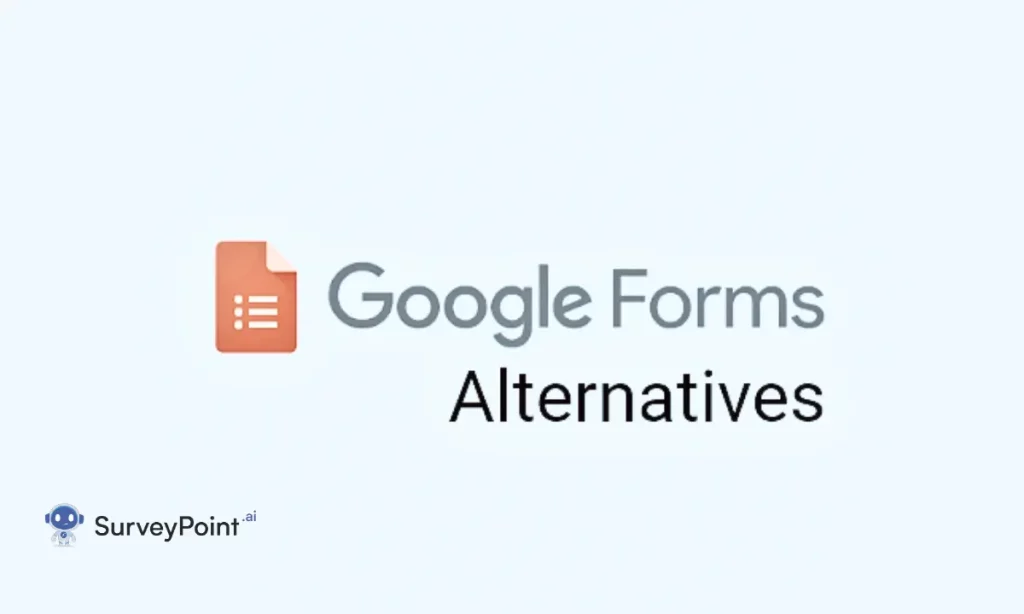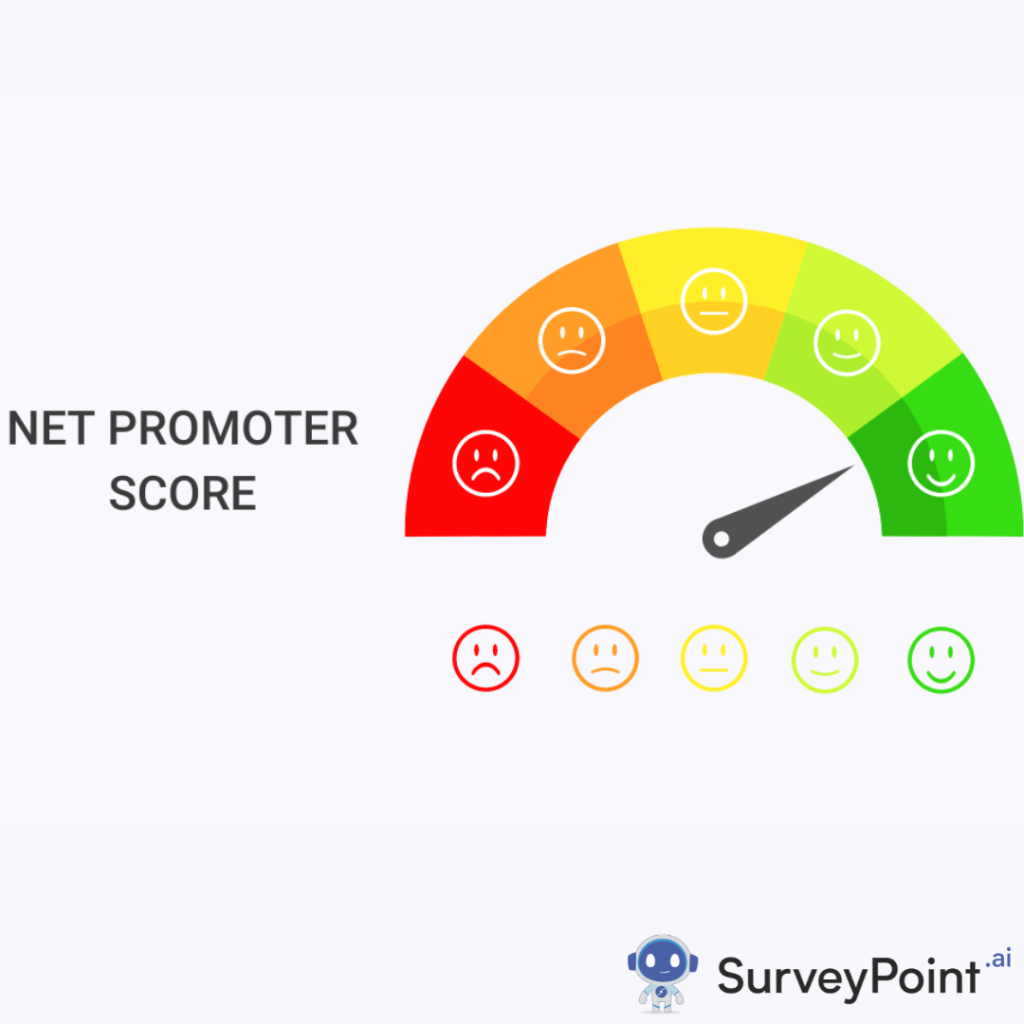
Data collection is now a crucial aspect of both personal and professional life in the fast-paced digital age, where individuals are always looking for new alternatives. Google Forms, a stalwart in the realm of online surveys, has been a trusted ally for its simplicity and integration with the Google ecosystem. However, as the landscape evolves, the need for more versatile, feature-rich alternatives has become apparent.
In this blog post, we’ll delve into the world of Google Forms, exploring its significance, and then journey through nine noteworthy alternatives, each catering to distinct needs and preferences.
What is Google Forms, and Why Is It Needed?
Google Forms is a web-based tool that allows users to create surveys, quizzes, and forms for various purposes. Its integration with Google Drive and other Google applications has made it a convenient choice for many.
The need for Google Forms arises from its user-friendly interface, real-time collaboration features, and seamless integration with Google Sheets for data analysis. It serves as an accessible solution for individuals, businesses, and educators seeking a straightforward way to collect information.
Need for Alternatives to Google Forms
While Google Forms has been a reliable tool, users often find themselves in search of alternatives to meet specific requirements. Here are five key points highlighting the need for alternatives:
Advanced Features: Google Forms, while efficient, may lack certain advanced features needed for complex data collection scenarios.
Customisation: Users often seek more design flexibility and customisation options than what Google Forms offers.
Integration with Other Platforms: Some users may prefer tools that integrate seamlessly with platforms outside the Google ecosystem.
Industry-Specific Requirements: Certain industries or businesses may require features and compliance standards that go beyond the capabilities of Google Forms.
Enhanced User Experience: For those prioritising a more interactive and engaging form-filling experience, alternatives with unique features become essential.
Exploring Top Google Forms Alternatives
Microsoft Forms:
Microsoft Forms is a standout alternative due to its seamless integration with the Microsoft 365 ecosystem. The user-friendly interface facilitates collaboration and data management, making it a top choice for businesses and educational institutions. Basic features are free, while paid plans unlock advanced capabilities such as branching logic and comprehensive response analysis, offering a comprehensive solution for users seeking sophisticated survey functionality.
Typeform:
Typeform distinguishes itself with visually engaging and interactive form designs, enhancing the respondent experience. While offering basic plans for free, Typeform’s paid subscriptions provide advanced features like conditional logic and customisation. This makes it an ideal choice for users who prioritise aesthetics and interactivity in their forms, seeking a more engaging approach to data collection.
SurveyMonkey:
SurveyMonkey is a versatile survey tool with an extensive range of question types and robust analytics. While the free version covers basic needs, the paid plans excel in providing in-depth analysis tools, customisation options, and advanced survey features. For users requiring detailed insights and customisable surveys, SurveyMonkey emerges as a compelling alternative to Google Forms.
JotForm:
JotForm’s strength lies in its flexible drag-and-drop interface. With a free plan catering to basic needs, JotForm’s paid plans unlock more advanced options like payment processing and integrations. It is a great option for users looking for a feature-rich, customisable form-building experience because of its well-thought-out design and large template library.
Wufoo:
Wufoo stands out with visually appealing form designs and an intuitive interface. While the free plan meets basic requirements, the paid plans offer advanced customisation options, integrations, and detailed reporting. Wufoo caters to users who prioritise aesthetics and user experience, providing visually attractive forms without compromising on functionality.
Formstack:
Formstack’s adaptability across various industries is a notable feature. With a free trial available, Formstack’s subscription-based plans offer advanced features such as workflow automation, conditional logic, and seamless integrations. It caters to users with diverse form requirements, making it a versatile and comprehensive solution for those seeking customisation and flexibility.
Zoho Forms:
Zoho Forms’ integration with the broader Zoho suite enhances its appeal. The free plan covers basic needs, while the paid plans offer automation, custom themes, and detailed reporting. Zoho Forms is advantageous for businesses already utilising Zoho’s suite of applications, ensuring a cohesive experience and streamlined workflows. It serves as a well-rounded solution for users looking for integration and customisation within their form-building process.
Conclusion
While Google Forms remains a popular choice, the evolving landscape of data collection demands a closer look at alternatives. Each alternative discussed in this exploration caters to specific needs, from interactive experiences and versatility to enterprise-grade solutions. By considering these alternatives, users can find the perfect fit that aligns with their unique requirements, ultimately enhancing their data collection journey.




